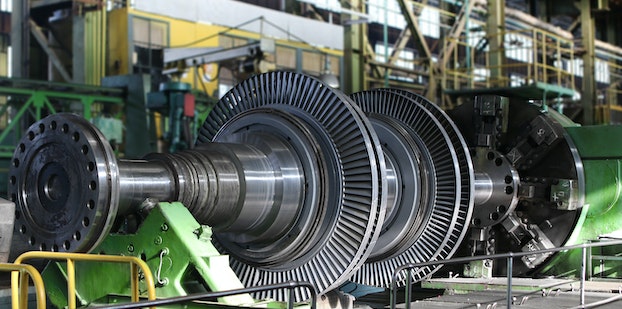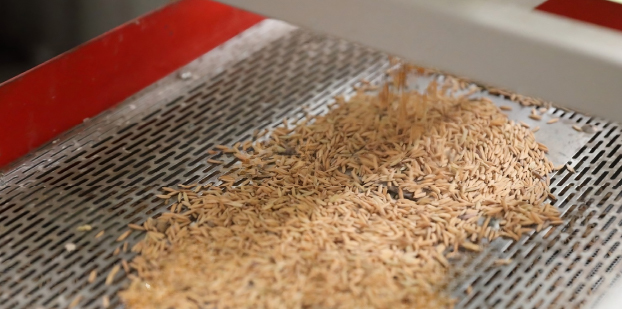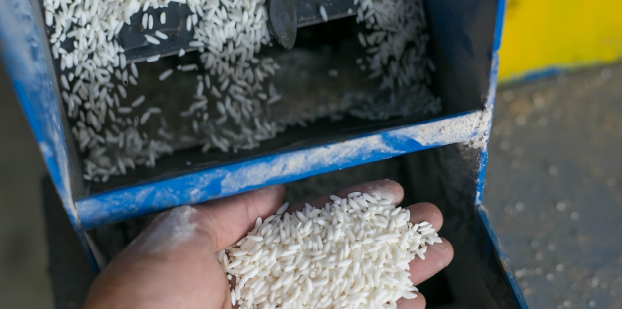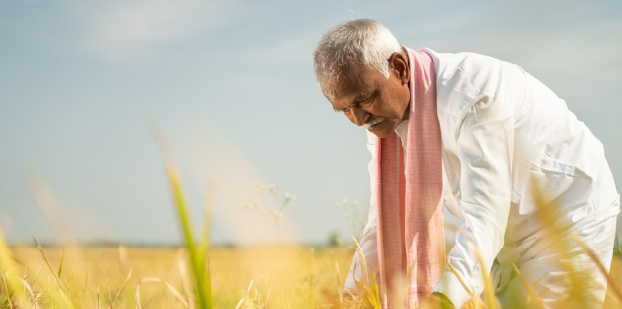March 1, 2023 | 7 min read
What is paddy rice’s processing technology in recent years?

India, which accounts for more than 40% of global rice shipments and exports to more than 150 countries, is one of the biggest players in rice production technology. With this much at stake, it's important to ensure that we use the latest technology for paddy rice processing. One such technology that has now replaced traditional time-consuming methods is Rice Milling machine
Rice mill machinery is used for processing raw paddy into processed rice. With the help of this machine, one can process 40–50 tonnes of processed rice per day. This has resulted in low labour costs and higher profits for people doing business in the industry. Paddy cultivation steps in current years include pre-planting and post-production.
Pre-planting starts with preparing the rice field for planting. 21 °C (approximately 70 °F) when there is bright and warm sunlight is the best choice for growing rice. You should also make sure that the planting soil has slightly acidic clay for the best results. Paddy transplanting is done using the Paddy transplanter (specialised equipment). If you don't know what paddy translation is, It is a method used by farmers where they grow the rice seedlings in a nursery first. After the seedlings turn into young plants, they are then uprooted from the nursery and replanted 25–35 days later in the main field. This task frees farmers from tedious planting work.
Handling, threshing, cleaning, Reaping, stacking, and hauling are the activities involved in paddy, or rice harvesting. To save time from this tedious task, equipment like a combine rice harvester is available in the market these days. As the name suggests, this equipment combines several operations into one. After the harvesting is done, it's time for paddy rice processing. Now, we have reached the second stage, which is the post-harvesting step. This step includes pre-cleaning, dehusking, paddy separation, milling, grading, etc.
Pre-cleaning is completed by utilising the rice mill machine, which is the first and most crucial stage. Precleaning entails removing from the paddy any contaminants, such as dust, straw, sand, clay, and heavy particles of even unequal sizes. The following process is dehusking, which involves stripping the paddy rice of its husk and bran in order to produce head white rice grains that are properly milled, impurity-free, and include a minimal amount of broken grains.
The paddy rice separator follows, which separates brown rice from unhusked paddy. The rice then goes through the rice milling machine as the next step in the process. In this process, machines that pressurise the grains together further grind the rice. This pressure causes the outer bran layer to be destroyed, exposing the white rice. This is then followed by rice grading, weighing, and bagging.
Due to continuous rice processing technology developments, the rice industry in India is set to thrive and provide the world with a steady supply of the staple food.





